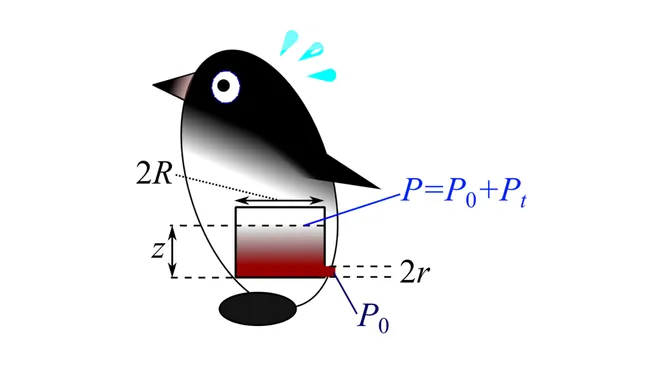News from here, TSUKUBA, JAPAN ... a town that cannot be replicated too ...
Gassho, J
STLah
Scientists create a pattern so complicated it's impossible to duplicate
Scientists just created a pattern that, according to researchers, is impossible to duplicate or forge, a feat that could quash counterfeiters.
The key to these patterns lies in a two-step verification system that incorporates both micropatterns and the same principles used in whispering galleries, according to the researchers, from the University of Tsukuba in Japan.
In a traditional whispering gallery, two large, concave dishes are placed at opposite ends of a long hallway. A whisper into one of these plastic dishes can be heard clearly by someone standing in the other one down the hall. Entire rooms can also be whispering galleries, such as St. Paul's Cathedral in London. There is also an unintended whispering gallery in the lower concourse of Grand Central Station in New York City. All of these spaces have a few things in common. They are all rounded and their surfaces project sound to unexpected places. For the new impossible-to-duplicate patterns, the researchers used light waves reflected inside of a microscopic chamber, instead of sound waves in a gigantic room.
... Like human fingerprints, no two of these cavities are identical. Into each uniquely-shaped cavity, the Tsukuba researchers placed a microscopic droplet of fluorescent dye that is chemically sensitive to light. Once the dye was in place, the researchers shined visible and ultraviolet (UV) light onto the dye, in a random, unpredictable manner. The light waves reflected inside each cavity, similar to the way sound reflects in a whisper gallery, which caused the dye molecules to react. The variety of cavity shapes combined with the exposure of unique patterns of light applied to the fluorescent dye, result in a unique color signature within each pixel.
"This creates a complex color pattern that cannot be counterfeited," senior study author Yohei Yamamoto said in a statement from the university.
https://www.livescience.com/micropat...be-forged.html
Scientists just created a pattern that, according to researchers, is impossible to duplicate or forge, a feat that could quash counterfeiters.
The key to these patterns lies in a two-step verification system that incorporates both micropatterns and the same principles used in whispering galleries, according to the researchers, from the University of Tsukuba in Japan.
In a traditional whispering gallery, two large, concave dishes are placed at opposite ends of a long hallway. A whisper into one of these plastic dishes can be heard clearly by someone standing in the other one down the hall. Entire rooms can also be whispering galleries, such as St. Paul's Cathedral in London. There is also an unintended whispering gallery in the lower concourse of Grand Central Station in New York City. All of these spaces have a few things in common. They are all rounded and their surfaces project sound to unexpected places. For the new impossible-to-duplicate patterns, the researchers used light waves reflected inside of a microscopic chamber, instead of sound waves in a gigantic room.
... Like human fingerprints, no two of these cavities are identical. Into each uniquely-shaped cavity, the Tsukuba researchers placed a microscopic droplet of fluorescent dye that is chemically sensitive to light. Once the dye was in place, the researchers shined visible and ultraviolet (UV) light onto the dye, in a random, unpredictable manner. The light waves reflected inside each cavity, similar to the way sound reflects in a whisper gallery, which caused the dye molecules to react. The variety of cavity shapes combined with the exposure of unique patterns of light applied to the fluorescent dye, result in a unique color signature within each pixel.
"This creates a complex color pattern that cannot be counterfeited," senior study author Yohei Yamamoto said in a statement from the university.
https://www.livescience.com/micropat...be-forged.html
STLah












Comment